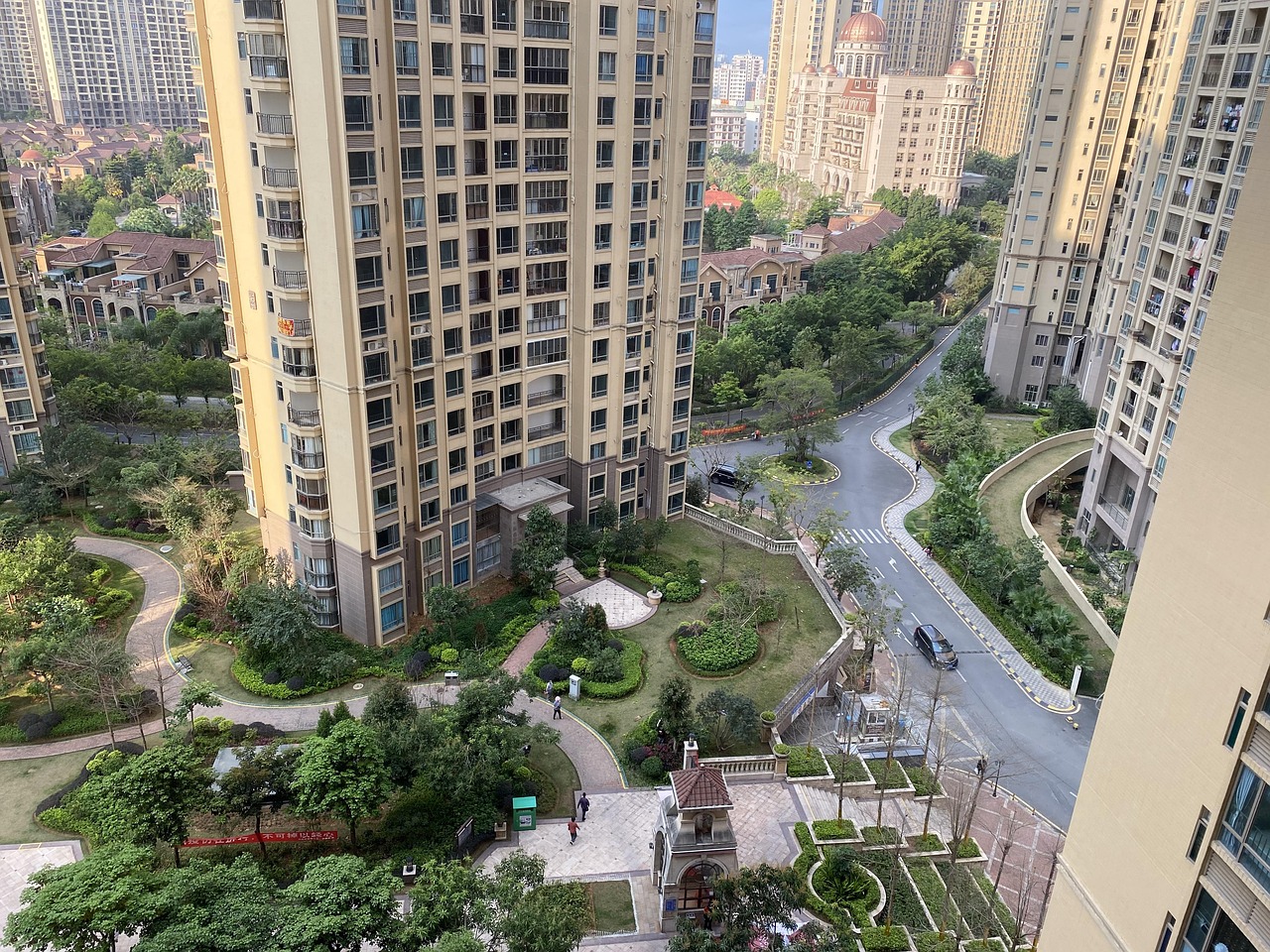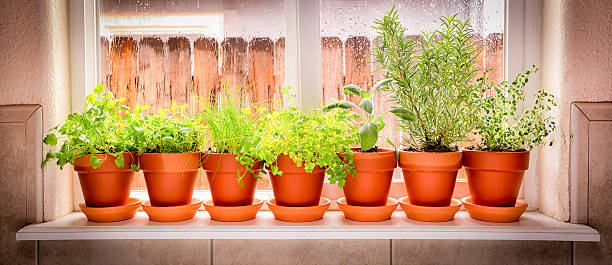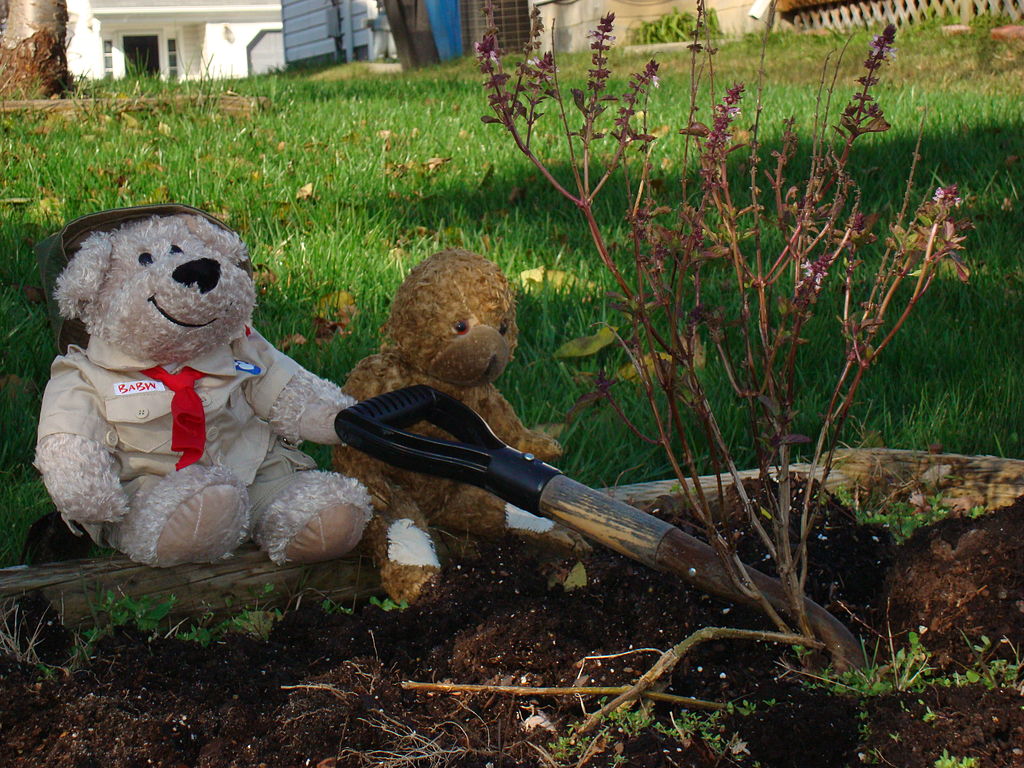Imagine walking through your city and picking a fresh apple from a tree or harvesting a handful of herbs from a community garden—all as part of the public landscape. This vision of edible landscaping is already gaining momentum globally, inspired by initiatives like the Incredible Edible Network in the UK. The idea is simple yet transformative: replace ornamental plants in public spaces with edible perennials, creating beautiful, sustainable landscapes that also provide food for the community. Here’s why it’s time for city councils to embrace this concept and how you can help make it happen.
Why Edible Landscaping Makes Sense
A Sustainable Solution
Traditional landscaping often prioritizes aesthetic appeal over functionality, featuring ornamental shrubs and non-native species that require significant maintenance, water, and fertilizer. Edible perennials, such as fruit trees, berry bushes, and herbs, serve a dual purpose: they beautify public spaces while producing food. Many of these plants are low-maintenance, drought-tolerant, and require fewer chemical inputs, making them a sustainable alternative.
Addressing Food Insecurity
Edible public spaces can play a small but meaningful role in addressing food insecurity. By providing access to fresh, locally grown produce, these landscapes offer a free resource for individuals who may otherwise lack access to nutritious food. They also raise awareness about the importance of healthy eating and inspire people to incorporate more fruits and vegetables into their diets.
Building Community Connections
Edible landscapes encourage community engagement. When neighbours come together to harvest apples or tend to a shared herb garden, it fosters a sense of collaboration and shared responsibility. These spaces can also serve as educational hubs, where schools and community groups learn about gardening, sustainability, and local ecosystems.
Enhancing Urban Biodiversity
Planting edible perennials supports pollinators like bees and butterflies, contributing to healthier urban ecosystems. Native fruiting plants provide essential habitats and food sources for wildlife, enhancing biodiversity in cities.
Examples of Success
The Incredible Edible Network in the UK has set a powerful precedent. Towns like Todmorden have transformed public spaces, from railway stations to hospital grounds, into thriving edible gardens. These initiatives have not only provided free food but also boosted local tourism and community pride. In Canada, cities like Vancouver and Toronto have introduced small-scale edible landscaping projects in parks and community spaces, demonstrating the feasibility of such initiatives in diverse climates.
What Can Be Planted?
Fruit Trees: Apples, pears, plums, and cherries are hardy choices for many climates. Dwarf varieties are particularly suited for urban spaces.
Berry Bushes: Blueberries, raspberries, and currants are low-maintenance and visually appealing.
Herbs: Lavender, thyme, sage, and mint thrive in public spaces, offering both culinary and pollinator-friendly benefits.
Nut Trees: Chestnuts and hazelnuts provide a valuable protein source and shade.
Perennial Vegetables: Asparagus, rhubarb, and perennial onions can be integrated into public beds.
How to Advocate for Edible Landscapes
Start a Petition
Engage your community by starting a petition to encourage city council to adopt edible landscaping. Highlight the environmental, social, and economic benefits, and gather signatures to demonstrate public support.
Present a Plan
Prepare a proposal outlining specific sites where edible landscaping could be implemented, such as parks, community centres, or school grounds. Include a list of suitable plants, estimated costs, and potential long-term savings.
Collaborate with Local Groups
Partner with community gardens, environmental organizations, and schools to strengthen your case. Local support networks can help maintain the spaces once they are established.
Use Social Media
Share success stories from other cities and raise awareness about edible landscaping through social media campaigns. Photos, videos, and testimonials can inspire others to join the movement.
Engage Local Government
Request a meeting with city planners or parks departments to present your idea. Bring examples of successful projects and emphasize how edible landscaping aligns with sustainability and urban planning goals.
The Future of Public Spaces
Edible landscaping represents a shift in how we think about public spaces. By planting perennials that nourish both people and the environment, cities can take a step toward greater sustainability and community well-being. Whether it’s picking a plum on your way to work or enjoying a patch of sage in the local park, edible landscapes bring us closer to the natural world and to each other.
It’s time to reimagine our cities as places where beauty and function meet. With community advocacy and forward-thinking city councils, the dream of edible public spaces can become a reality.




